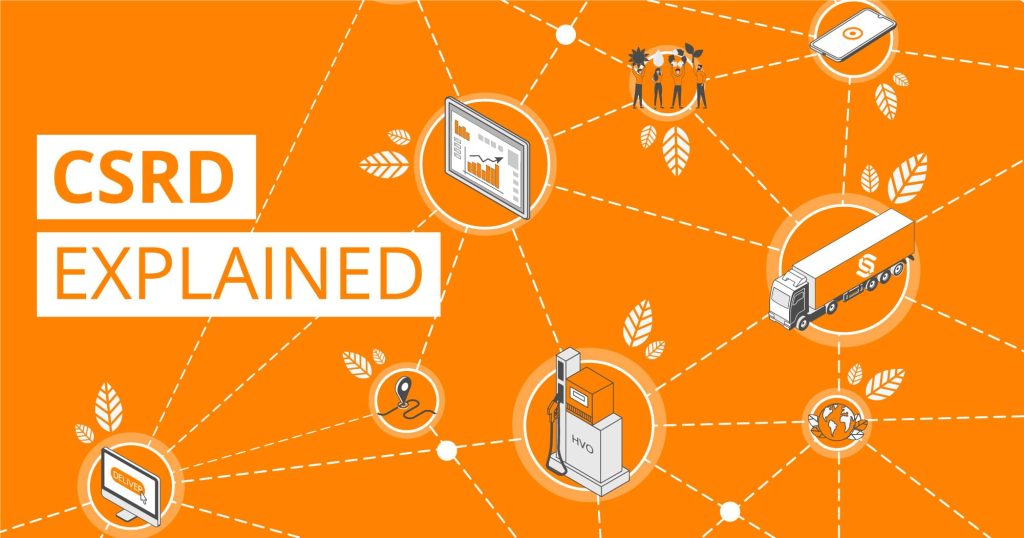Data Analytics And Automation
Your Trusted Accelerator
Follow Your Passions. Automate All Other Tasks.
Understanding Data Analytics

Data Analytics is the backbone of informed decision-making. It empowers businesses to transform raw data into actionable intelligence, providing a deeper understanding of operations, customer behavior, and market trends. By leveraging advanced analytical techniques, organizations gain a competitive edge in a data-driven world.
4 Types Of Data Analytics
Descriptive Analytics
Descriptive analytics provides an explanation for “What happened.” Customers utilise this sort of analytics the most frequently because it offers reporting and analysis based on historical occurrences.
- Based on live data what is happening in real time.
- Accurate and handy for operations management.
- Easy to visualize
Diagnostic Analytics
Like descriptive analytics, diagnostic analytics makes use of previous data to address a query. However, diagnostic analytics tackles the important topic of why an event or abnormality occurred in your data, rather than concentrating on the “what.”
- Automated RCA – Root cause analysis.
- Explains “why “things are happening
- Helps trouble shoot issues
Predictive Analytics
A type of advanced analytics called predictive analytics uses machine learning to forecast future events based on past data. Predictive analytics models are constructed from historical data, which forms most descriptive and diagnostic analytics.
- Decide what issue must be resolved,
- Specify what you hope to forecast, and
- Clearly state the goal you hope to accomplish.
Our data analytics and automation services include
Data Storage & Management Assessment
Key Components of a Data Storage & Management Assessment
1.Data Discovery and Classification:
Identifying data types, sensitivity, and business criticality to determine storage tiers and security measures.
2.Storage Infrastructure Analysis:
Assessing current storage hardware and software, including capacity, performance, and compatibility.
3.Data Management Practices:
Evaluating backup, recovery, archiving, and deletion processes for data availability, disaster preparedness, and compliance.
4.Cost Optimization:
Analyzing storage costs and identifying savings opportunities through data tiering and deduplication.
5.Security Assessment:
Evaluating security measures to protect data from unauthorized access, breaches, and cyber threats.

Benefits of a Data Storage & Management Assessment:
Improved data visibility and control
Gain a clear understanding of your data assets and their locations.
Enhanced storage performance and efficiency
Identify and address bottlenecks to optimize your storage infrastructure.
Improved data security and compliance
Ensure your data is protected against threats and meets relevant regulations.
Reduced storage costs
Optimize storage utilization and identify opportunities to save on storage expenses.
Informed decision-making
Gain valuable insights to guide future data storage and management investments.
Data Analytics Strategy & Automation
Benefits of data analytics strategy and automation
These benefits include:
- Improved decision-making: By having a clear understanding of your data, you can make better decisions that are based on evidence rather than intuition.
- Increased efficiency: Automating repetitive tasks can free up your team to focus on more strategic work.
- Reduced costs: Automating data analytics can help you to reduce the costs of data storage, processing, and analysis.
- Improved data quality: Automating data cleaning and preparation can help to improve the quality of your data, which can lead to more accurate and reliable insights.
- Faster time to insights: Automating data analytics can help you to get insights from your data faster, which can give you a competitive advantage.
End to End Data Visualisation Solution
Get a clear picture of the reports and analytics that are important to you
- Reporting, Dashboard, and Analytics Solution
- Managed Service
- Data as a Service
The first step in designing a financial dashboard is to understand who will use it and what they need to know. Different audiences may have different levels of financial literacy, attention span, and interest.
For example, a board of directors may want to see a high-level summary of the key financial indicators, while a finance manager may want to drill down into the details of each account. Therefore, you should tailor your dashboard to your audience’s goals, expectations, and preferences.
The third step is to choose the best way to visualize your metrics on your dashboard. Visuals are the graphical elements that help you present your data engagingly and effectively. You should use visuals that are suitable for the type and scale of your data, that highlight the key trends and patterns, and that avoid clutter and confusion. For example, some common financial visuals are charts, tables, gauges, and maps.
The final step is to test and refine your dashboard before you share it with your audience. Testing and refining your dashboard is the process of checking and improving the accuracy, functionality, and appearance of your dashboard. You should test and refine your dashboard by reviewing your data sources and calculations, testing your filters and interactions, soliciting feedback from your peers and users, and making adjustments based on your findings.
I. Know your audience
II. Choose the right metrics
III. Use appropriate visuals
IV. Follow design best practices
V. Test and refine your dashboard
The next step is to select the most relevant and meaningful metrics to display on your dashboard. Metrics are the quantitative measures that reflect the financial performance and health of your organization. You should choose metrics that are aligned with your strategic objectives, that are easy to understand and compare, and that provide actionable insights. For example, some common financial metrics are revenue, profit margin, cash flow, return on investment, and debt-to-equity ratio.
The fourth step is to follow some general design best practices to enhance the readability and usability of your dashboard. Design best practices are the guidelines that help you organize and format your dashboard consistently and professionally. You should follow design best practices such as using a clear and simple layout, using a coherent and appealing color scheme, using labels and legends to explain your visuals, using white space and grid lines to separate your elements, and using fonts and sizes that are easy to read.
Our experts assist in selecting and configuring the best technological tools for clear, concise, and efficient data representation.
- Microsoft Power Platform
- Power BI
- Qlik Q
- Google Data Studio
- Tableau
Choose the best digital platform to create impactful dashboards.
The benefits of end-to-end data visualization solution are:
- Enhanced decision-making: Gain clarity from complex data, enabling you to make more informed and strategic choices.
- Improved communication: Translate data into compelling narratives that resonate with your audience, driving buy-in and action.
- Increased efficiency: Streamline data analysis workflows, freeing up valuable time and resources for more strategic endeavours.
- Boosted collaboration: Foster a data-driven culture where everyone can access and understand insights, leading to better alignment and collaboration.
- Data democratization: Empower non-technical users to explore and analyse data, unlocking the collective intelligence of your organization.

A new digital format with quick reads and actionable insights.
To help you meet big challenges with clear strategies.

Sidra Salman
- Ms. Sidra Islam, Founder and Managing Director
- Tel: +971 50 262 0170

Salman Sharif
- Non-Executive Director
- Tel: +966 56 0099 497

Mubashir Islam
- Senior Manager
- Tel: +971 50 262 0170

Zainab Malik
- Senior Financial Analyst
- Tel: +971 50 262 0170

Mian Ahmad Farhan
- Partner Audit & Assurance Services
- Tel: +971 50 262 0170

Gideon Kaddu
- Senior Accounting Associate
- Tel: +971 502 182 897














